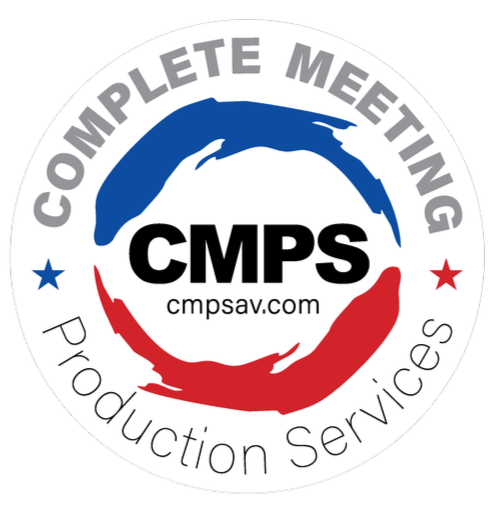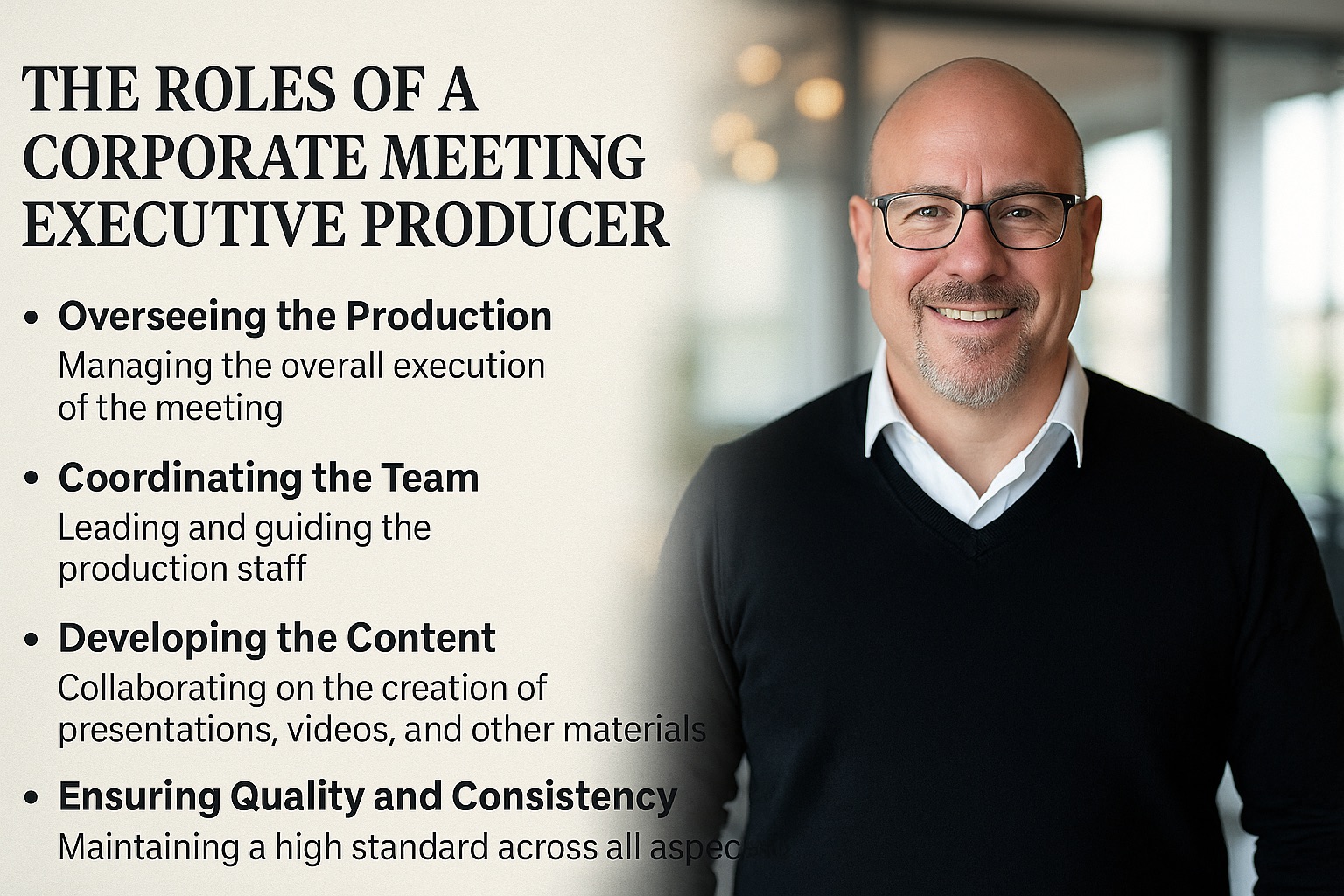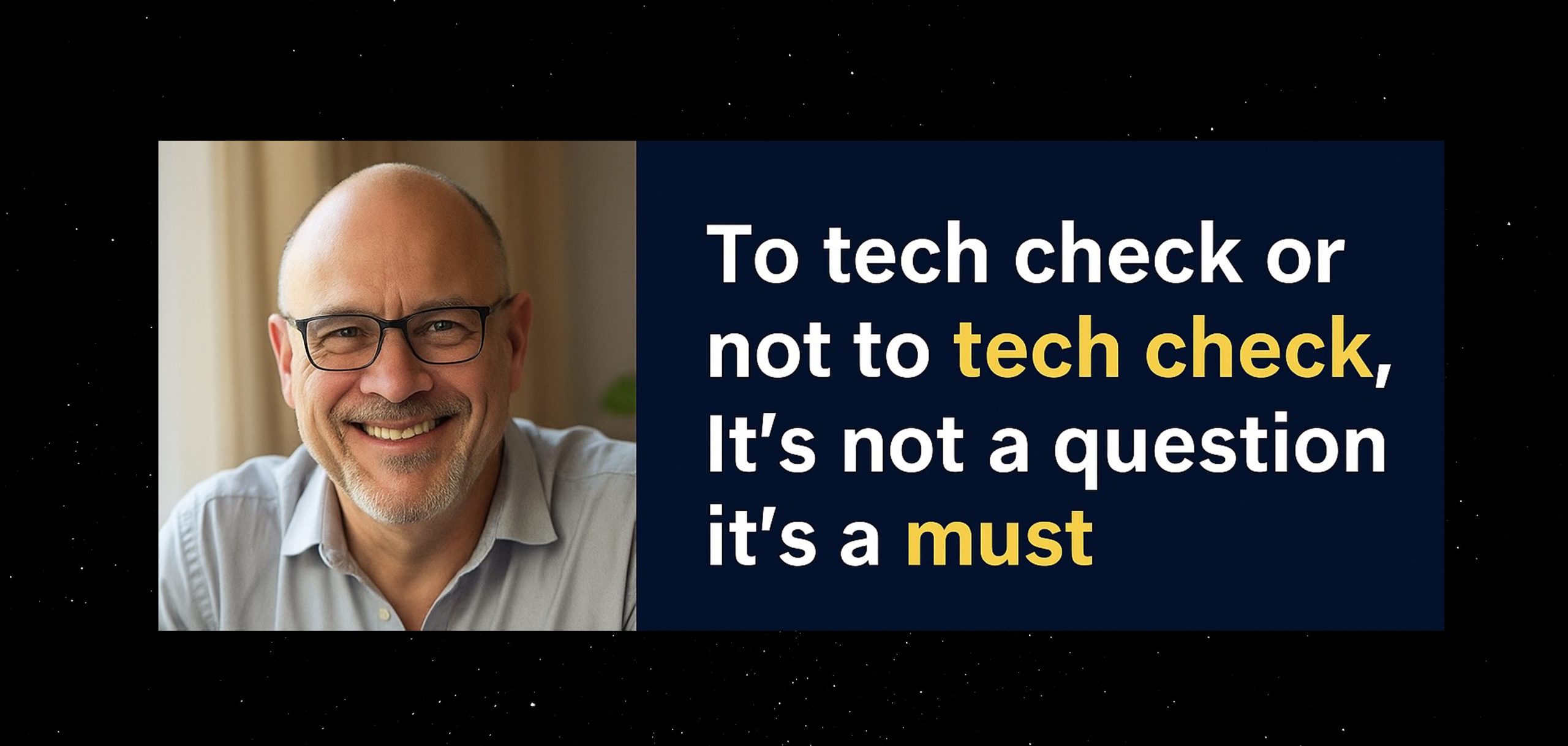Make Events Start on Time and Stay on Brand
If the goal is an event that starts on time, stays on brand, and communicates clearly, Creative Planning can help. You might set a few clear goals, draft a simple story, and align each task with a single outcome so the program flows smoothly, the message lands, and action follows.
To repeat that outcome, a steady process could make sense. Consider measurable goals, named owners, and short feedback loops. Link the plan to tools your team already uses so structure stays visible and roles feel clear. When everyone understands their part, event success tends to follow.
Why Creative Planning Works
Creative planning often defines the audience, message, and key moments, then turns them into a timeline with checkpoints and owners. Keep files in one place so the latest version is easy to find. With less searching and fewer surprises, production moves calmly from kickoff to wrap and supports successful events.
A short narrative can guide choices on sessions, speakers, visuals, and the run of show. That shared story steadies decisions when timelines shift, keeps the program coherent, and strengthens your event strategy.
A Simple Tool Stack
Asana helps convert goals into clear tasks with owners, deadlines, and dependencies, which keeps the workflow smooth. Miro might serve as a shared board to sketch the run of show, stage looks, and message beats, and to support event concept development. Notion can centralize briefs, vendor documents, assets, and approvals so people work from a single source.
For larger programs, a delivery platform that combines registration, agendas, on-site apps, and analytics may reduce tool hopping. That single view helps crews stay confident during crunch time and supports smooth event production.
Checkpoints That Protect Delivery
You might choose one primary objective and two supportive metrics. Writing down roles, timeframes, and decisions people can make without a meeting often speeds progress. A brief weekly risk review with first responses listed can keep surprises to a minimum. Clear handoffs improve event coordination.
Light rehearsals could focus on transitions, mic swaps, deck handoffs, and lighting looks so faces read clearly from the stage to the back row. A little practice usually lowers stress and tightens timing across event management tasks.
Show Week Without the Scramble
Sticking to one run of show and one update channel can reduce confusion. If changes are necessary, post them once and mirror them across tools. Lock content on time and keep backups, including a spare mic and a mirrored deck, to reduce last-minute pressure. Run a quick daily huddle.
Name the first cue, the top three risks, and the owner for each. End with a single backup plan to keep the team ready if timing changes. Close with one fallback plan so timing shifts do not derail event planning.
Conclusion
Creative planning gives your team a clear story, a workable schedule, and one source of truth. Pick tools that fit, make roles plain, and review risks often. After every show, write down wins and fixes. Keep updates in one place and make ownership explicit. Rehearse high-risk cues. Wrap with a five-minute retro and one action per person. Repeat the cycle, and your creative planning produces consistent event success.




